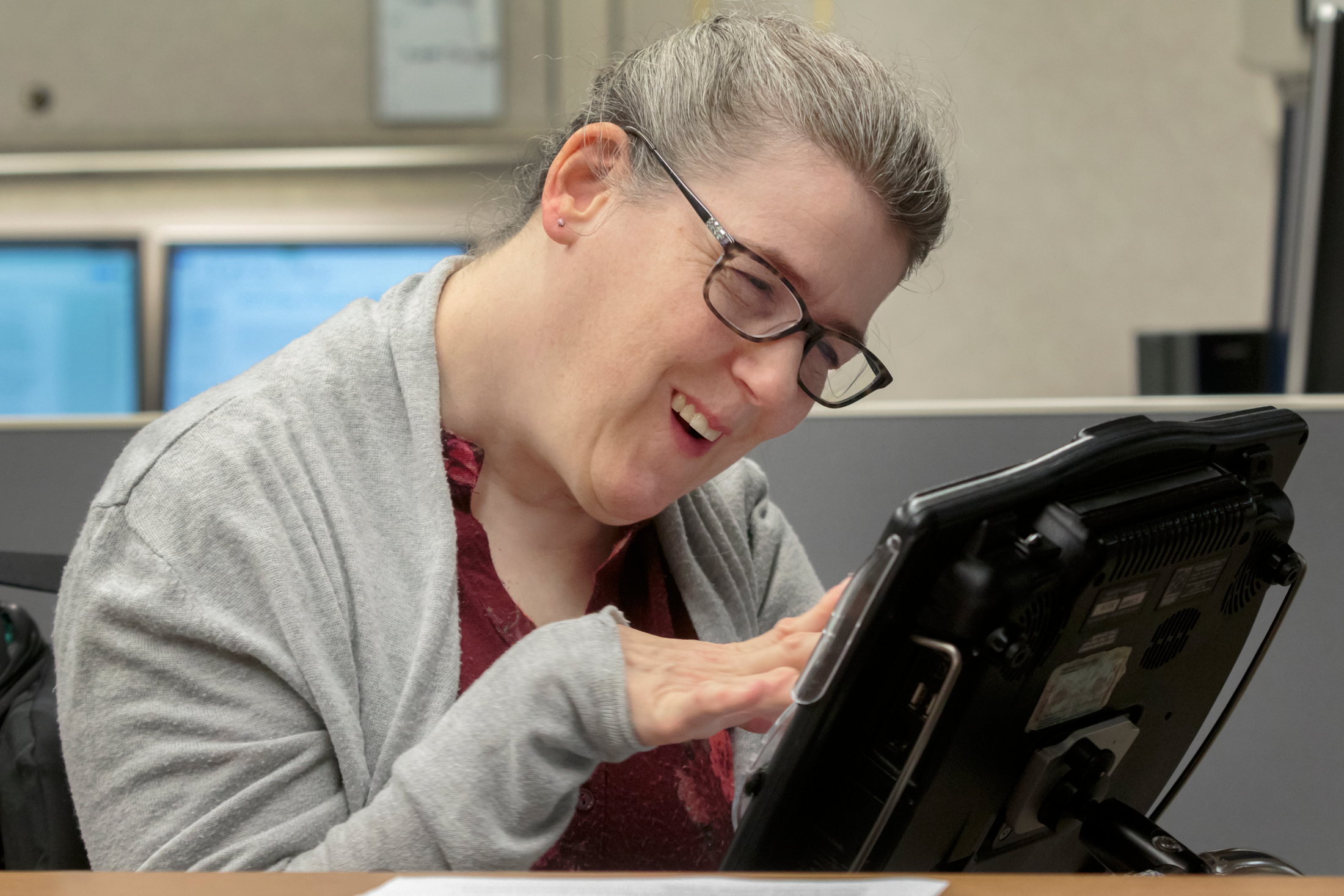AAC and Artificial Intelligence (AI)

What is the name of the article?
AAC and Artificial Intelligence (AI)
What was the goal of this study?
The goal of this study was to explain artificial intelligence (AI), and look at the possible ways creating and using AI for alternative and augmentative communication (AAC) systems could help people communicate better.
What did we find?
Using AI tools can improve the way we serve people with complex communication needs who need AAC. In this study, AI-enhanced tools showed great promise to make communication better. They allowed people’s physical, sensory, and mental abilities to benefit from machine learning.
What did we learn?
People with complex communication needs often face challenges taking part in conversations when their speech or language abilities do not allow them to meet their communication needs. AAC systems and devices powered by AI tools could give people better ways to work through these challenges.
Why is this important?
By learning about AI, people can understand where AAC and AI can join. People with complex communication needs, their families, their doctors, and their teachers can work together to design AI tools. They also can let AI specialists know about the needs and value of people with complex communication needs taking part in life conversations.
Who are the authors of the study?
Samuel C. Sennott. PhD,1 Linda Akagi,1 Mary Lee,1 and Anthony Rhodes2
Authors are from: Portland State University: 1. College of Education; 2. Maseeh Department of Mathematics and Statistics
Sennott, S., Akagi, L., Lee, M., & Rhodes, A. (2019). AAC and artificial intelligence (AI). Topics in Language Disorders, 39(4), 389-403. https://doi.org/10.1097/tld.0000000000000197
Key Words:
Augmentative and alternative communication (AAC): the communication methods used to support or replace speech or writing for people who have communication impairments.
Artificial intelligence: the ability of a computer program or machine to think and learn.
Complex communication needs: when people need more than speech for communication.